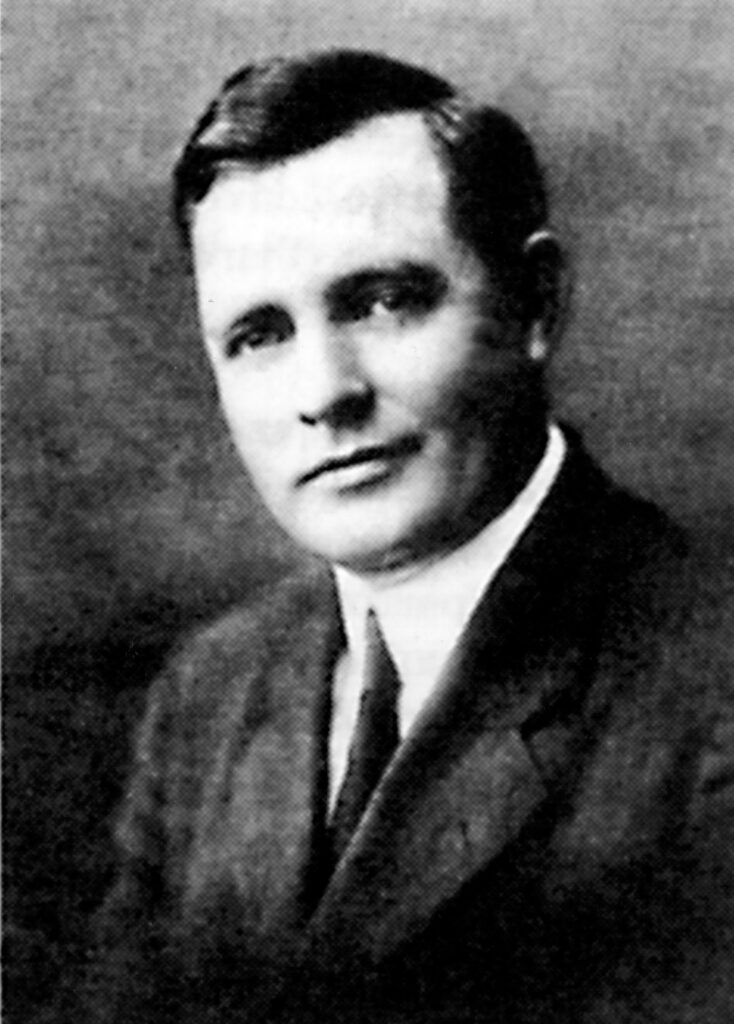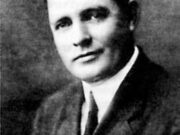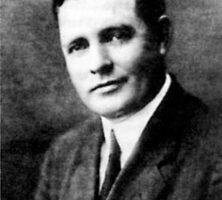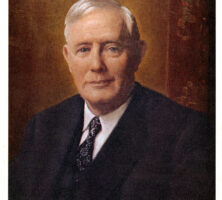Arthur Moore was a Methodist bishop, evangelist, and leader in the Atlanta area from 1940 to 1960. The title”Ambassador of Methodism” resulted from his supervision of mission work for the Methodist Episcopal Church, South, from 1934 to 1941 and his assignments after World War II (1941-45) in Asia, Europe, and North Africa.
Arthur James Moore was born on December 26, 1888, in Argyle to Emma Victoria Cason and John Spencer Moore. In 1906 he married Martha McDonald, with whom he had five children. After his conversion in 1909, he sought admission to the South Georgia Conference. In 1910 he attended Emory College at Oxford and was ordained deacon in 1912 and elder in 1914. His evangelistic preaching led to his appointment as a Methodist evangelist. He was pastor of Travis Park Methodist Church in San Antonio, Texas (1920-26), and First Church in Birmingham, Alabama (1926-30).

Courtesy of Moore Methodist Museum
At the 1930 General Conference in Dallas, Texas, Moore was elected bishop and assigned to the Pacific Coast area. In 1937 he led the Bishops’ Crusade, a fund-raiser that became a model for future campaigns. After the Uniting Conference of 1939, which merged three branches of Methodism into the Methodist Church, Moore was assigned to the Atlanta Area, where he concurrently chaired the Board of Missions.
In addition to his work as a bishop, Moore was a prolific writer and active community member. In 1934 he helped to create The Upper Room, a daily devotional guide that has become a global ministry serving all denominations and is dedicated to spirituality and service. Moore was also interim president of Wesleyan College in Macon (1941) and a board member of several colleges, universities, and hospitals. Epworth by the Sea, a retreat center on St. Simons Island that opened in 1950, was his special project, and he wrote eight books, among them The Sound of Trumpets (1934) and The Mighty Savior (1952). He served on the Board of Social and Economic Relations, the Committee on Overseas Relief, and the World Methodist Council.

Courtesy of Moore Methodist Museum
Moore retired in 1960 but remained active through the Arthur J. Moore Evangelistic Association. Six months after his death on June 30, 1974, his portrait was hung in the Georgia state capitol.








